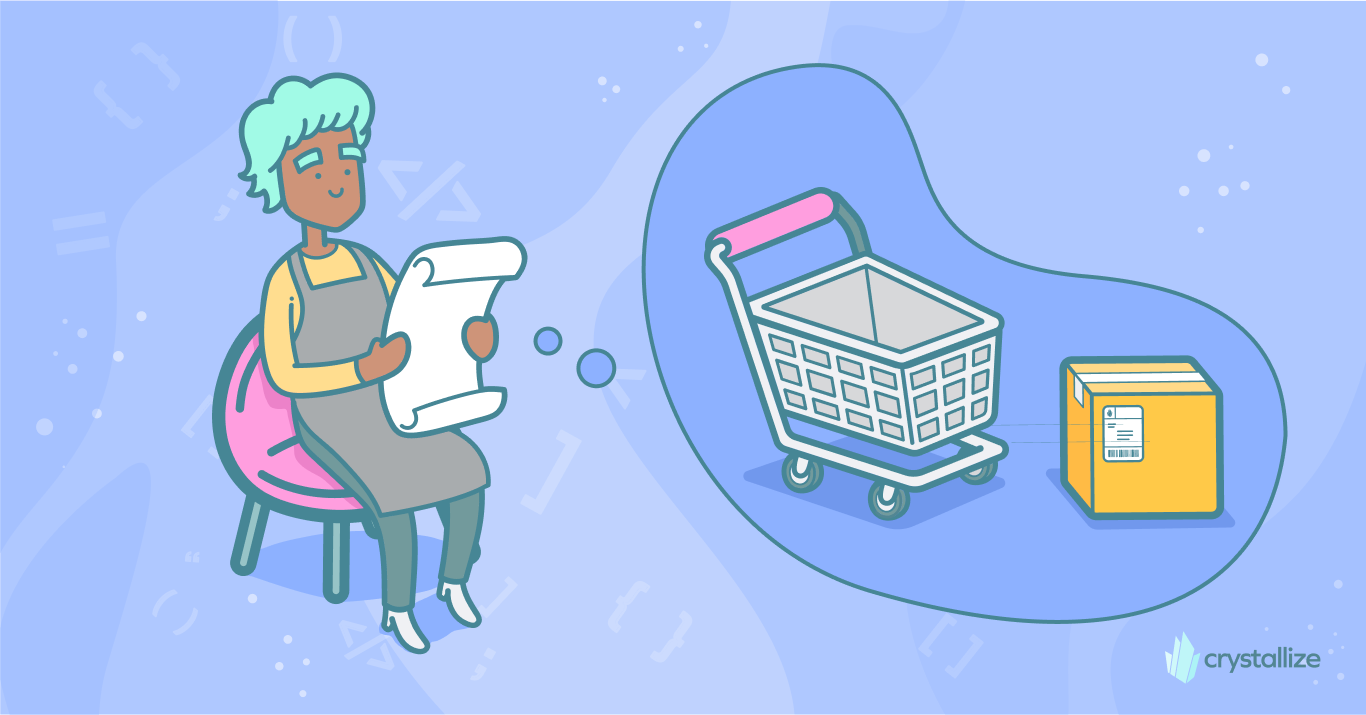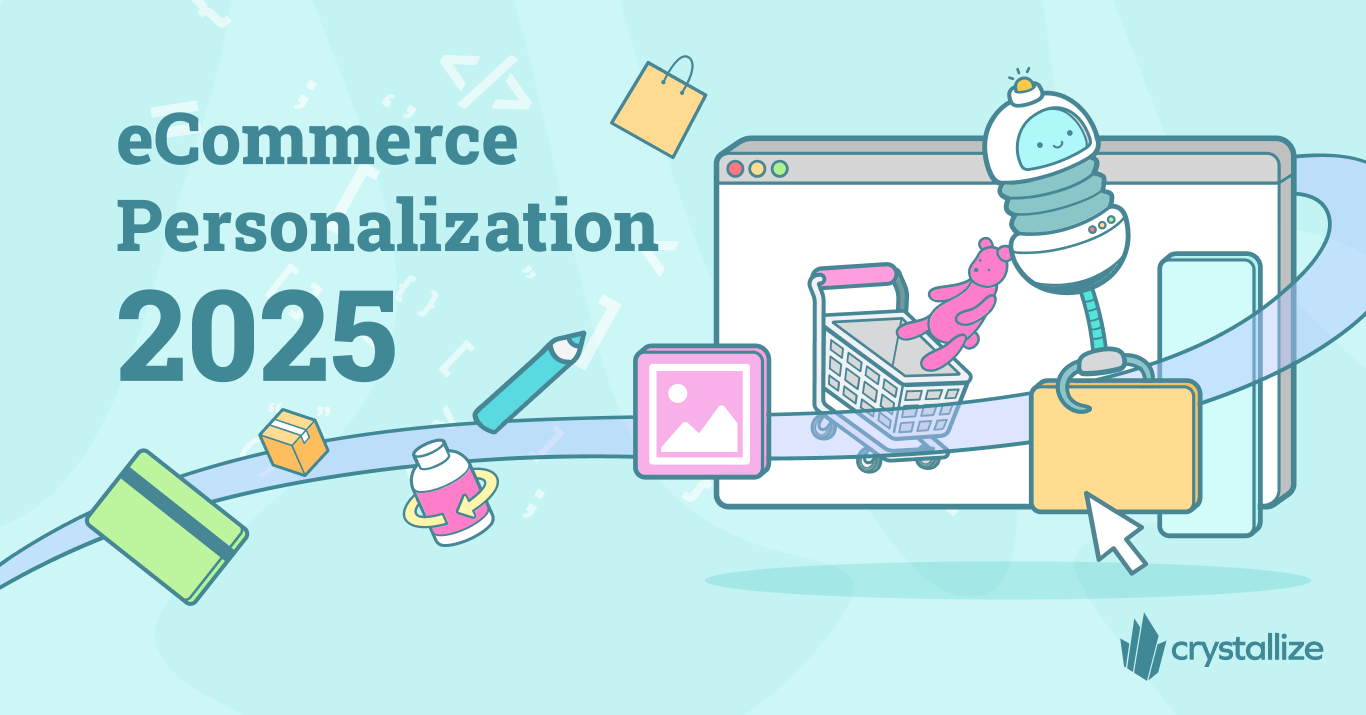Decoupled eCommerce: The Future Trend That Is Already Here
More than a buzzword, decupled eCommerce is the future of online shopping that is already here. Let’s talk about it.

eCommerce has come a long way since its inception in the mid 90s. Today, online shopping is a multi-billion-dollar industry that has transformed not only how we purchase goods and services but also how we shop.
As businesses strive to meet the growing demands of consumers and adapt to rapid technological advancements, decoupled eCommerce emerges as the solution. This innovative approach to online shopping blends cutting-edge technology with the need for flexibility and customization, paving the way for a more seamless and user-centric experience.
Before we dive into the world of decoupled eCommerce and discover how it is revolutionizing the future of online shopping with its architecture, enhanced user experience, and unmatched flexibility, let’s talk about what we have today.
Traditional Monolithic eCommerce Systems No Longer Work
Traditional eCommerce systems operate on a monolithic architecture, where the frontend and backend are tightly intertwined. These systems/platforms have served the needs of the industry for years but are now facing challenges due to growing consumer expectations and the rapid pace of technological development.
The headless commerce platform market (under which decupled commerce falls as well) is expected to reach a value of USD 3.9 billion by the year 2025, experiencing a compound annual growth rate (CAGR) of 22.9% (source link). In the consumer packaged goods industry, for example, six in ten respondents plan to implement headless commerce at their company within two years (source link). And the trend is the same in other industries as well.
What is Decoupled eCommerce?
Decoupled eCommerce is an approach to building an eCommerce platform that separates the front-end user interface (UI) from the back-end infrastructure. In other words, in decupled architecture, the user interface is separated from the backend eCommerce platform. This allows businesses to create a customized user experience while still leveraging the functionality of their existing eCommerce platform.
How Does Decoupled eCommerce Work?
In a decoupled eCommerce setup, the front-end UI is built using a Content Management System (CMS) or a custom application that communicates with the eCommerce platform via APIs. This means that the eCommerce platform is responsible for processing orders, managing inventory, and handling payments, CMS for marketing type of content, while the front-end UI is responsible for presenting the products to the user and facilitating the shopping experience.
Benefits of Decoupled eCommerce Approach
There are several benefits to using a decoupled eCommerce approach:
- Customization. Decoupled eCommerce allows businesses to create a customized user experience tailored to their brand and products. This means that businesses can create a unique shopping experience and focus on eCommerce personalization to stand out from the competition.
- Scalability. Decoupled eCommerce makes it easier to scale an eCommerce platform as the business grows. Businesses can easily add new features and functionality without disrupting the existing platform by separating the front-end UI from the back-end infrastructure.
- Flexibility. Decoupled eCommerce allows businesses to use the front-end technology of their choice. This means businesses can choose the best tools for their needs and avoid being tied to a specific eCommerce platform. For example, if you are not happy with the way your payment provider gateway takes care of your customers, no problem. You can easily swap the solution for a new one and test it out.
- Speed. Finally, the decoupled approach improves the performance/page load time of your online store. This means that the website can load faster, which can improve the user experience and increase conversions.
Why is Decoupled eCommerce Becoming Popular?
Decoupled eCommerce is becoming increasingly popular among businesses for several reasons. Let’s break them down.
Enhanced User Experience. With decoupled eCommerce, businesses can create highly personalized and engaging user experiences. The separation of frontend and backend enables rapid experimentation and deployment of new features, ensuring that online stores remain fast, fresh, exciting, and user-friendly.
Greater Flexibility and Customization. As we already said, decoupled eCommerce offers unmatched flexibility, empowering businesses to tailor their online stores to suit their unique needs. The modular architecture allows for the seamless integration of third-party services and the ability to choose the best technologies for each aspect of the eCommerce platform.
Improved Scalability. One of the key benefits of decoupled eCommerce is its scalability. The separation of frontend and backend means that each component can be scaled independently, allowing businesses to handle sudden spikes in traffic and manage growth more effectively.
Streamlined Development and Maintenance. Decoupled eCommerce simplifies the development and maintenance process by allowing teams to focus on their areas of expertise. This results in faster development cycles, reduced costs, and a more efficient workflow.
Decoupled eCommerce Use Cases
Decoupled eCommerce is perfect for businesses looking to deliver a consistent shopping experience across multiple channels, such as web, mobile, and social media platforms. If meeting your audience where they are and with just the right information is a part of your omnichannel commerce strategy, relying on a decuples or headless architecture is the way to go.
What About Headless Commerce?
Headless commerce takes the decoupled approach a step further, with the front end and backend communicating via APIs. This allows for even greater flexibility and customization, making it ideal for businesses looking to leverage cutting-edge technologies and deliver innovative shopping experiences.
❓Quick FAQs.
Q: What is the main difference between monolithic and decoupled eCommerce architectures?
A: The main difference between monolithic and decoupled eCommerce architectures lies in the separation of frontend and backend components. In decoupled eCommerce, the frontend and backend are developed and maintained independently, allowing for greater flexibility, customization, and scalability.
Q: Is decoupled eCommerce suitable for all businesses?
A: Decoupled eCommerce is best suited for businesses that require a high degree of customization and flexibility in their eCommerce platform. It may not be the best fit for businesses with smaller budgets or those that do not require a highly customized user experience.
Q: What are some examples of businesses using decoupled eCommerce?
A: Some popular examples of businesses using decoupled eCommerce include Tesla, Nestle, and Converse.
Q: How does decoupled eCommerce affect website performance?
A: Decoupled eCommerce can improve website performance by reducing the complexity of the codebase and allowing for faster loading times. This can improve the user experience and lead to increased conversions.
Q: Can I migrate my existing eCommerce store to a decoupled architecture?
A: Yes, migrating an existing eCommerce store to a decoupled architecture is possible. However, the process can be complex and may require significant planning and resources. It is crucial to assess your business requirements carefully, choose the right technologies, and engage experienced professionals to ensure a successful migration.
The Evolution of eCommerce: A Shift Towards Decoupled Architecture
In the fast-paced world of online shopping, businesses must continually evolve to stay ahead of the competition. Decoupled eCommerce provides the flexibility, customization, and scalability needed to adapt to changing consumer demands and leverage emerging technologies.
If you're looking for a way to improve your online store, the decoupled approach may be worth considering.
Not sure if you need monolith, decuple or headless platform for your business? Don't worry. We got you covered.
BOOK a personalized 1-on-1 demo today, and we’ll help you understand what approach might work best and if and how Crystallize can help you.
Or, why not SIGN UP for FREE and start building.
Follow the Rabbit🐰

Towards Next-Generation Commerce Platform For Tailor-Made Customer Experiences
Our journey to reimagining eCommerce is not about adding features. It's about delivering core, modern commerce business requirements and future-proofing tech stacks.

Comprehensive Guide to Modern eCommerce Web Development: Trends, Approaches, and Best Practices
Explore the latest trends, development approaches, and best practices to build high-performing online stores in modern e-commerce web development.

eCommerce Personalization Practical Tips to Stay Ahead in 2025 and Beyond
Discover how your business can leverage e-commerce personalization to deliver tailored shopping experiences that boost customer loyalty and drive sales in 2025.
